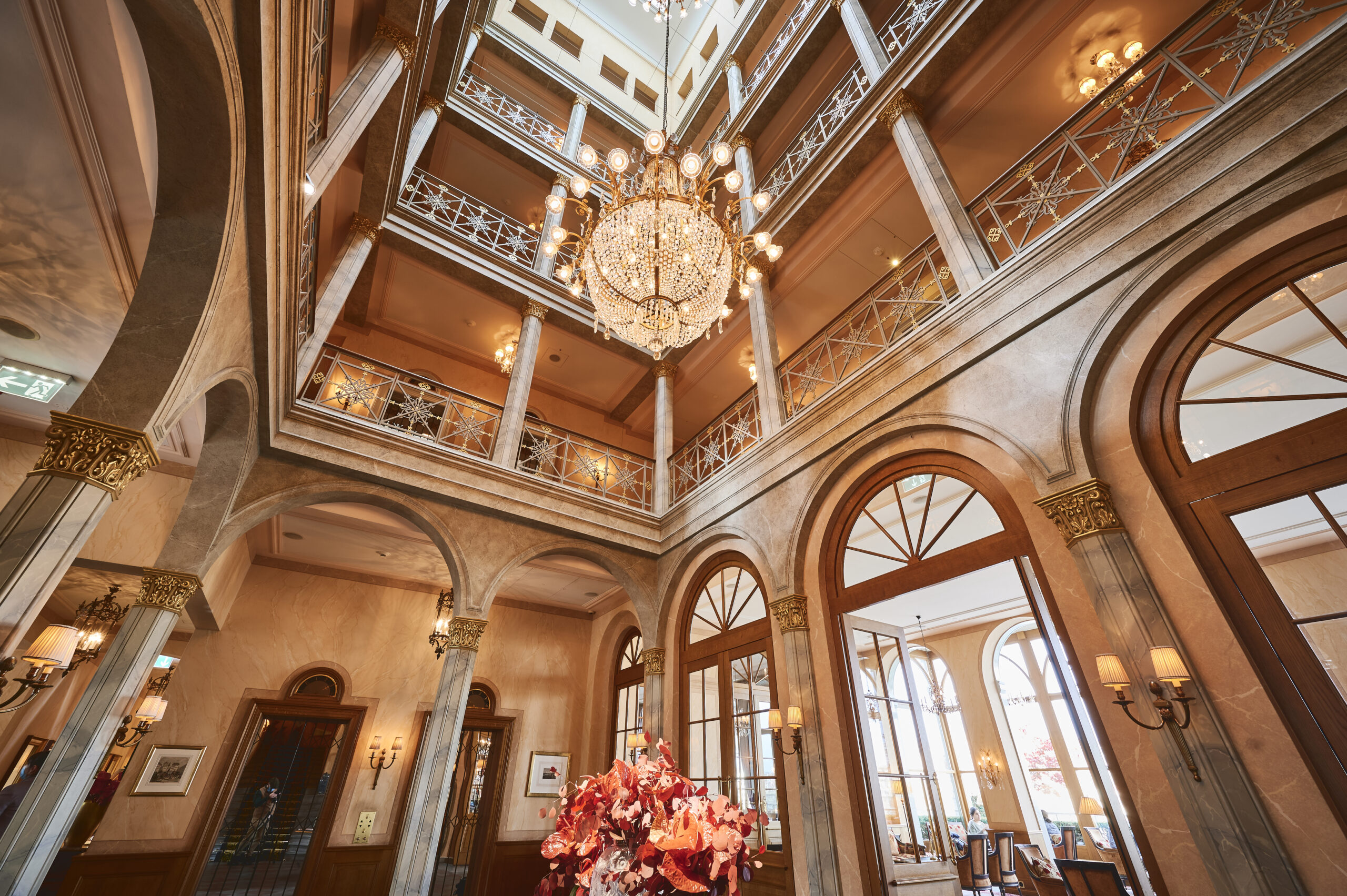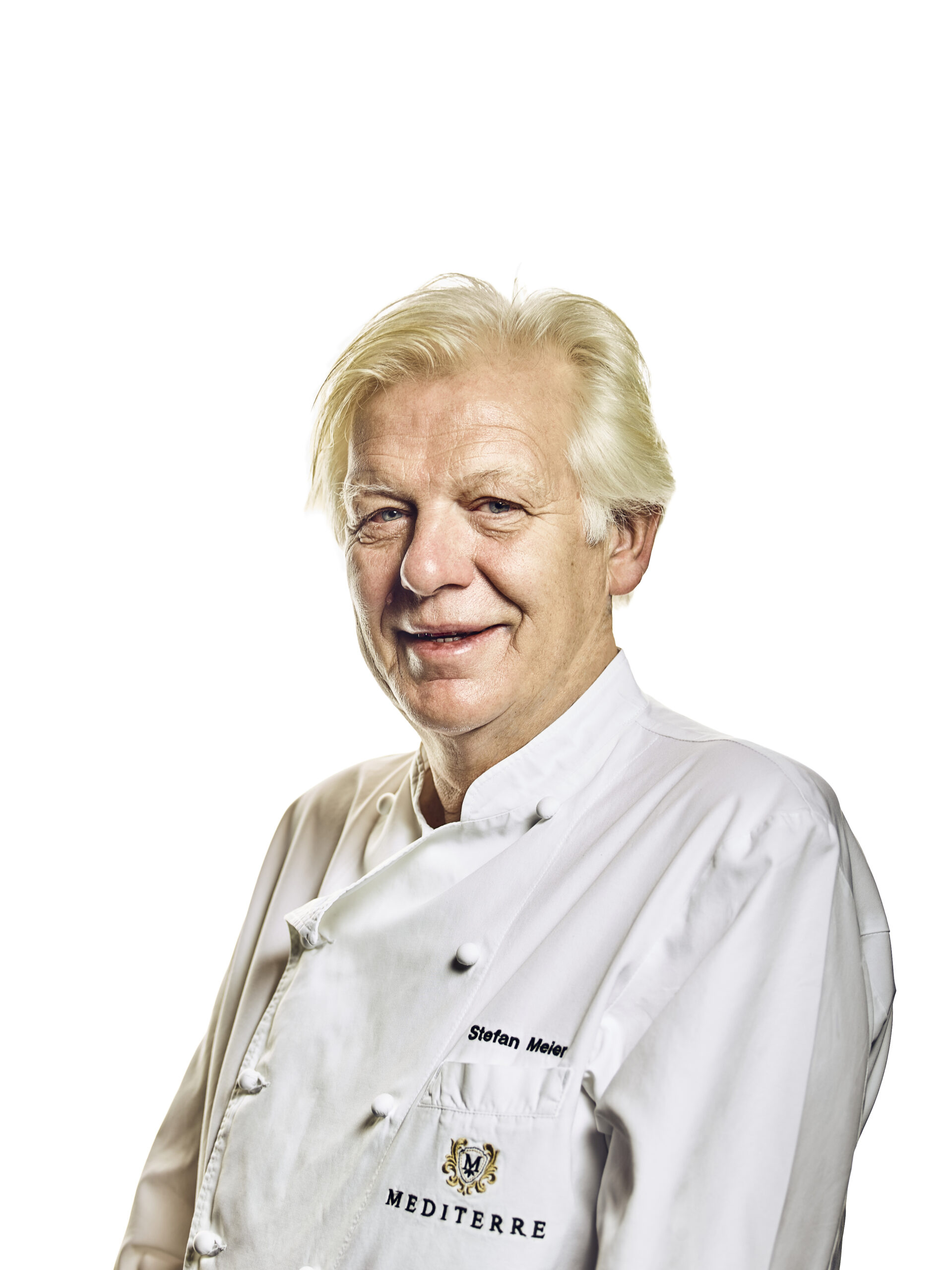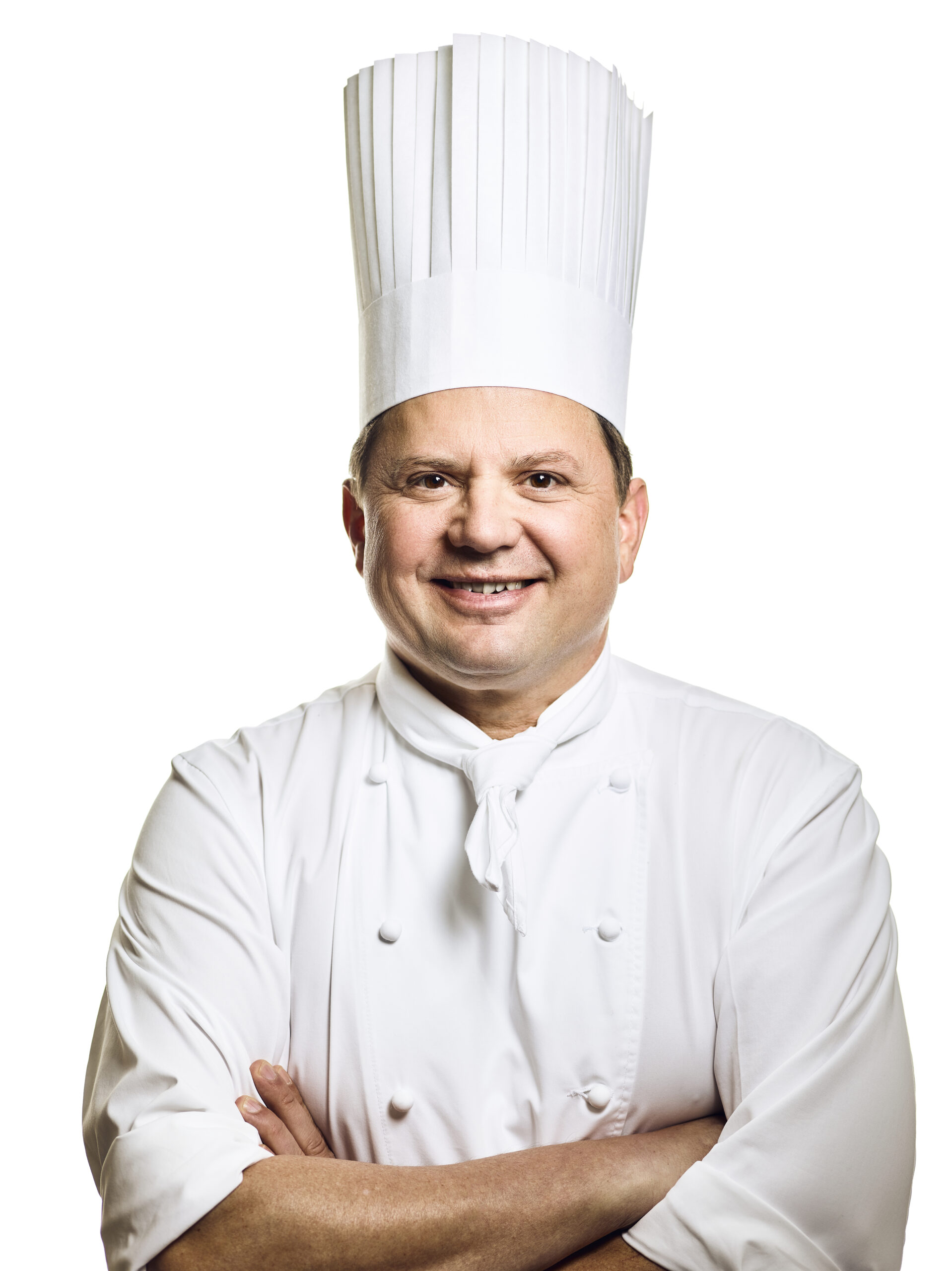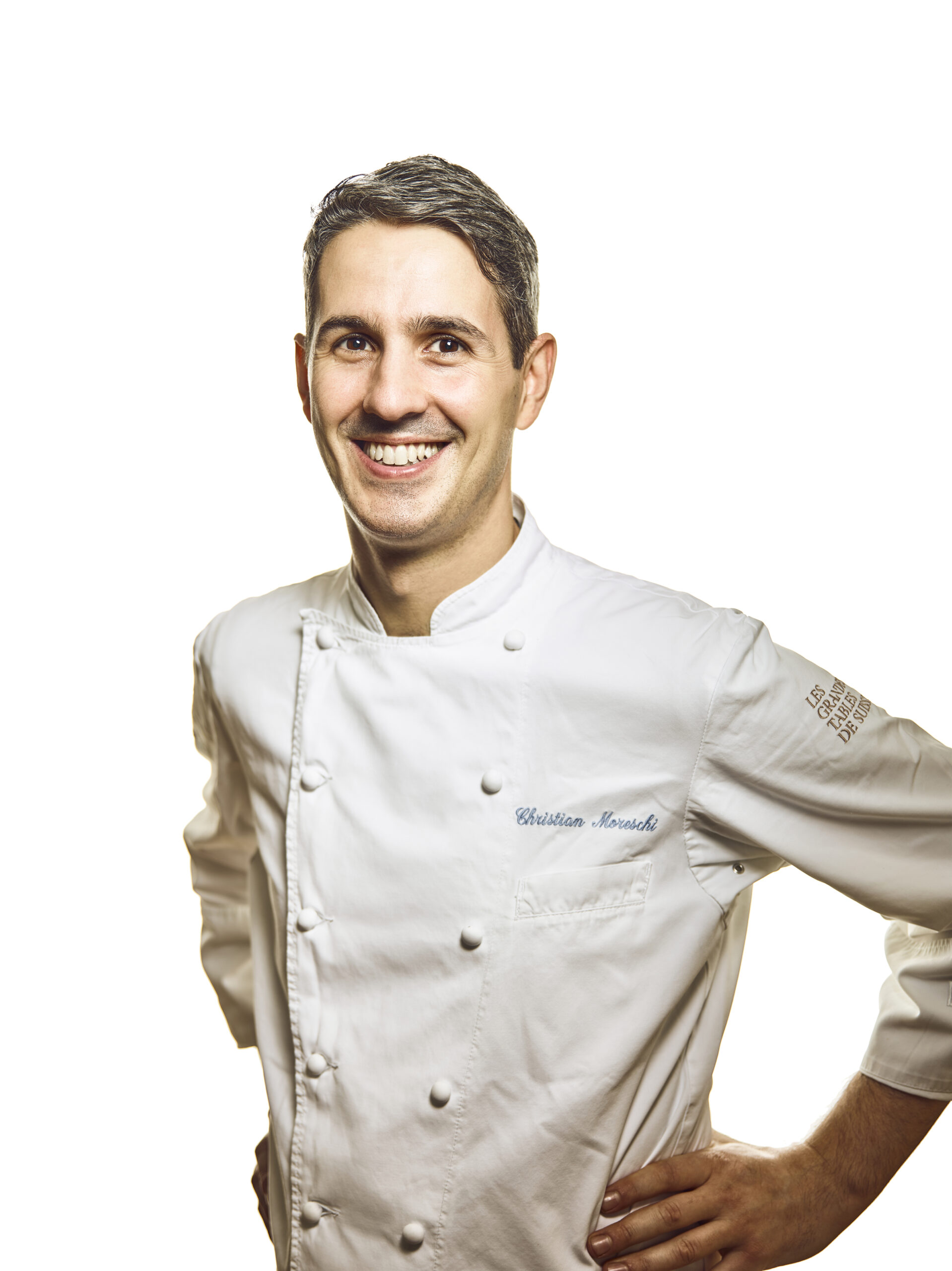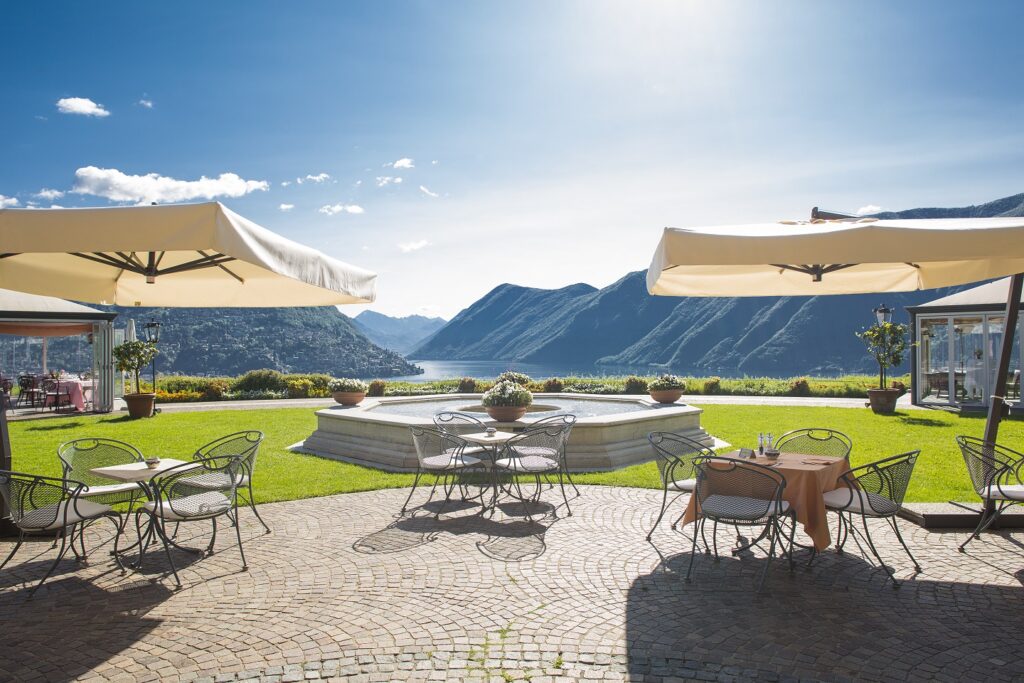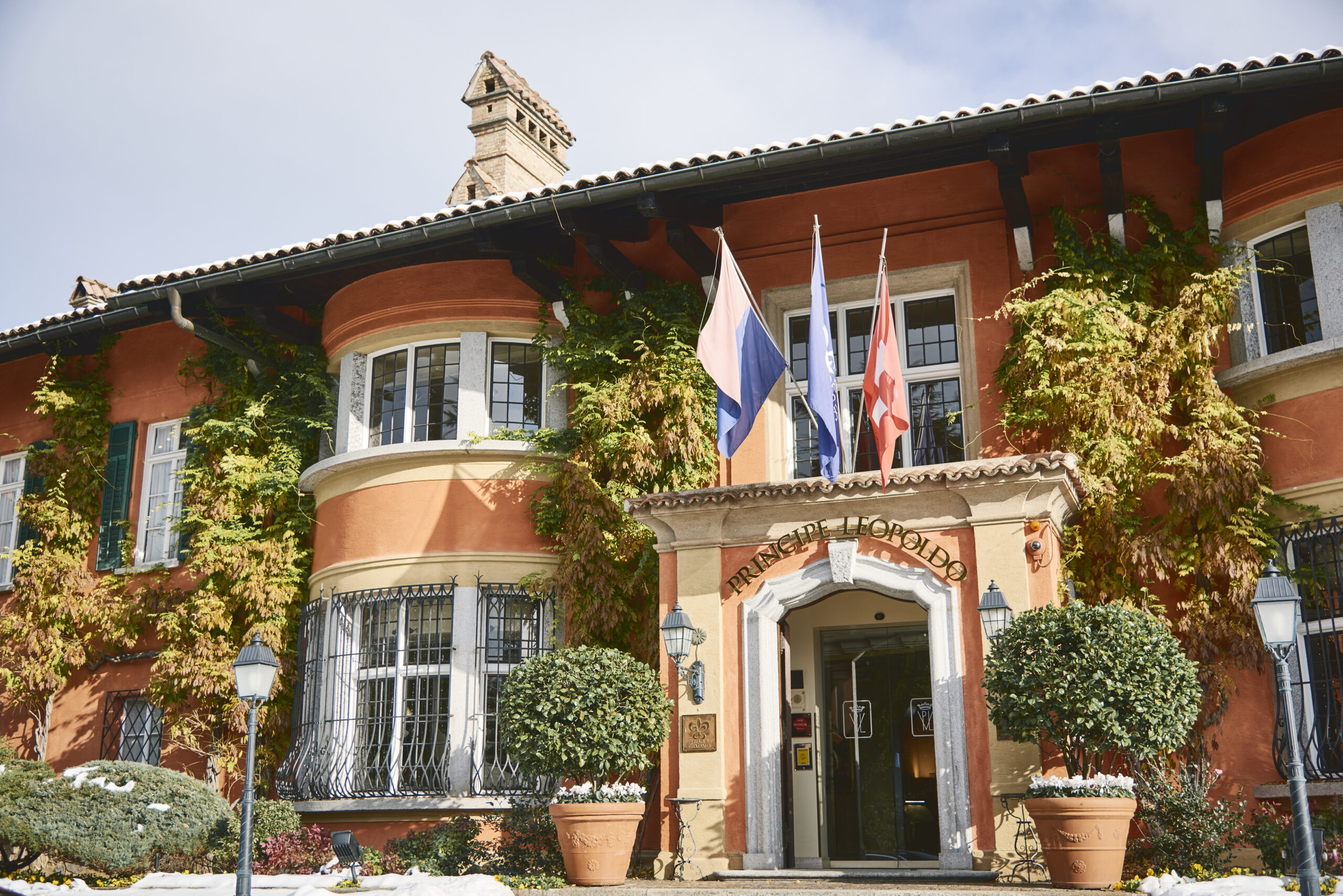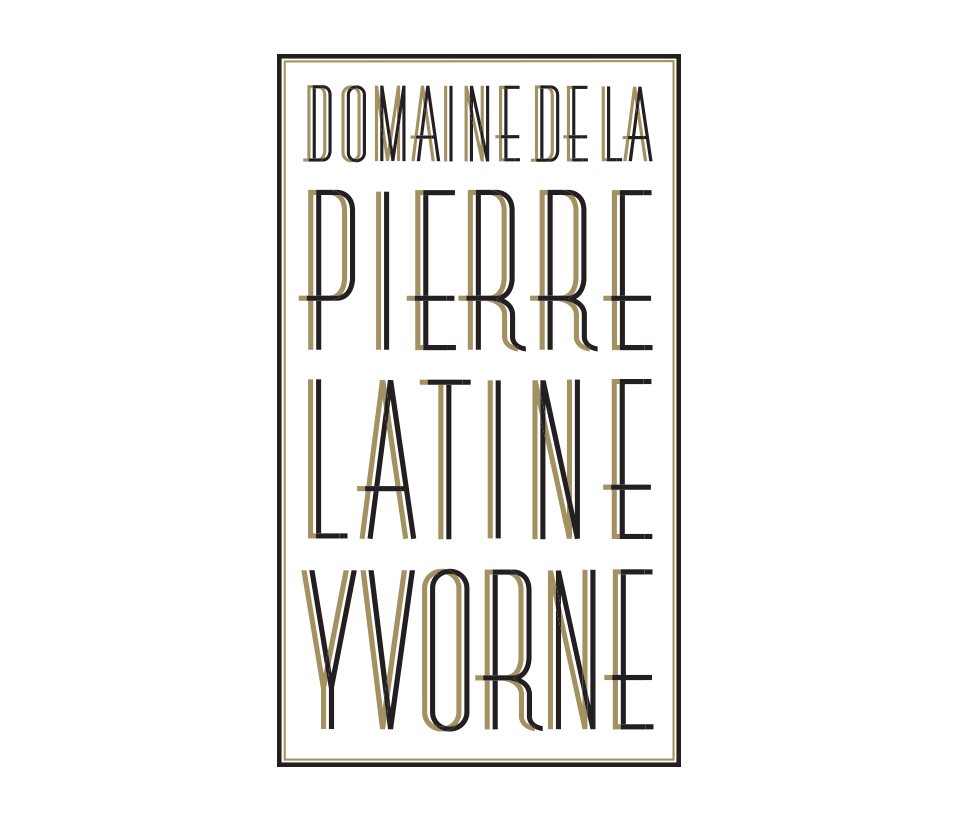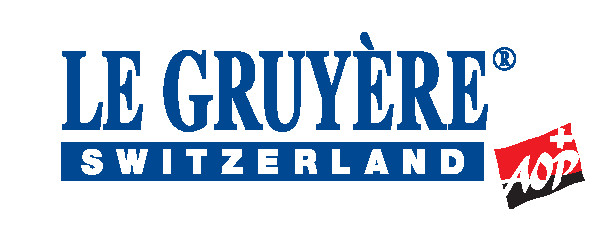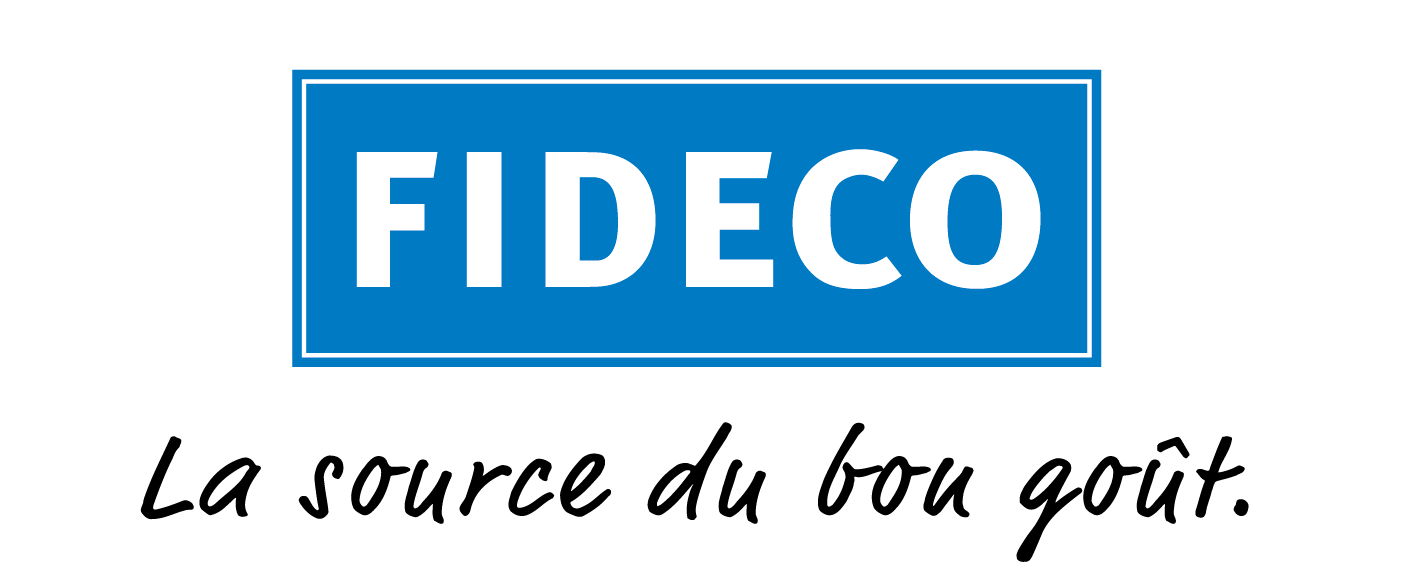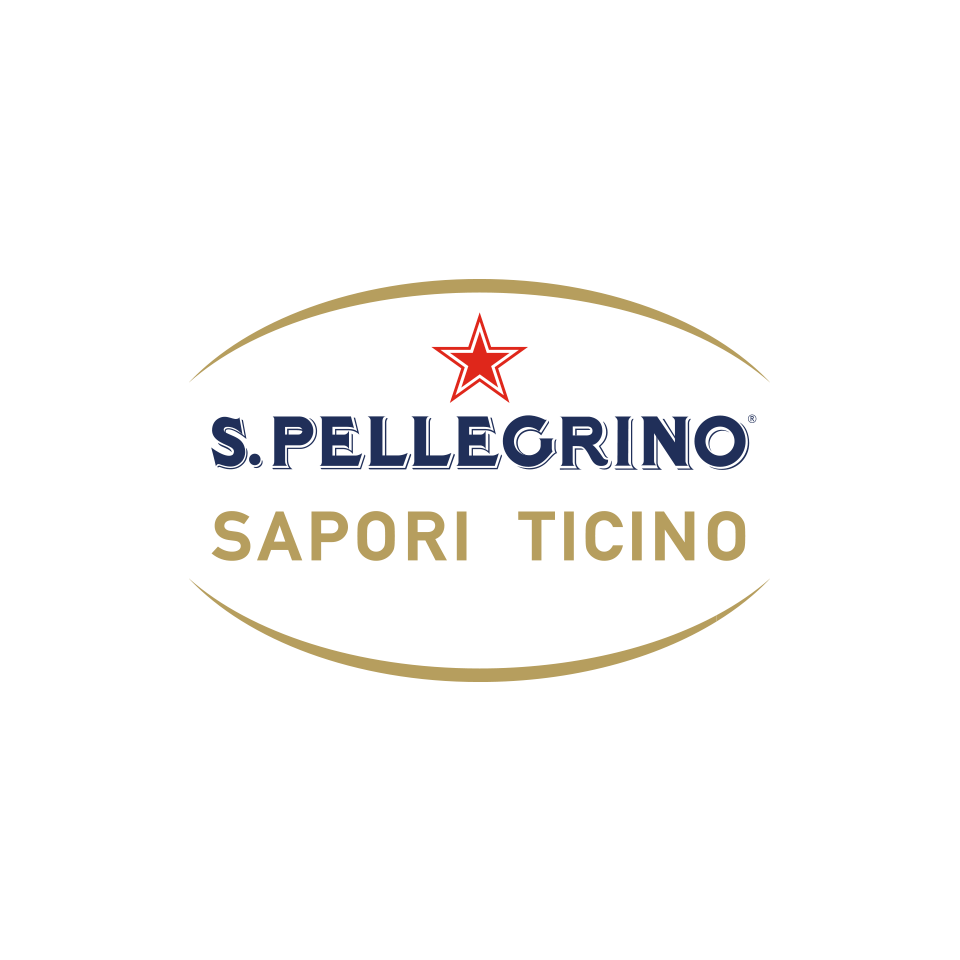Peter Knogl, the three-starred chef of the restaurant Cheval Blanc at the Grand Hotel Les Trois Rois in Basel (19 points in the GaultMillau), constantly surprises his guests with the creativity of his culinary creations. Largely inspired by world cuisine, the chef likes to bring together different cultures on the same plate, promising a journey full of aromas and flavours. Escape into the gastronomic world of Peter Knogl by reading our interview.
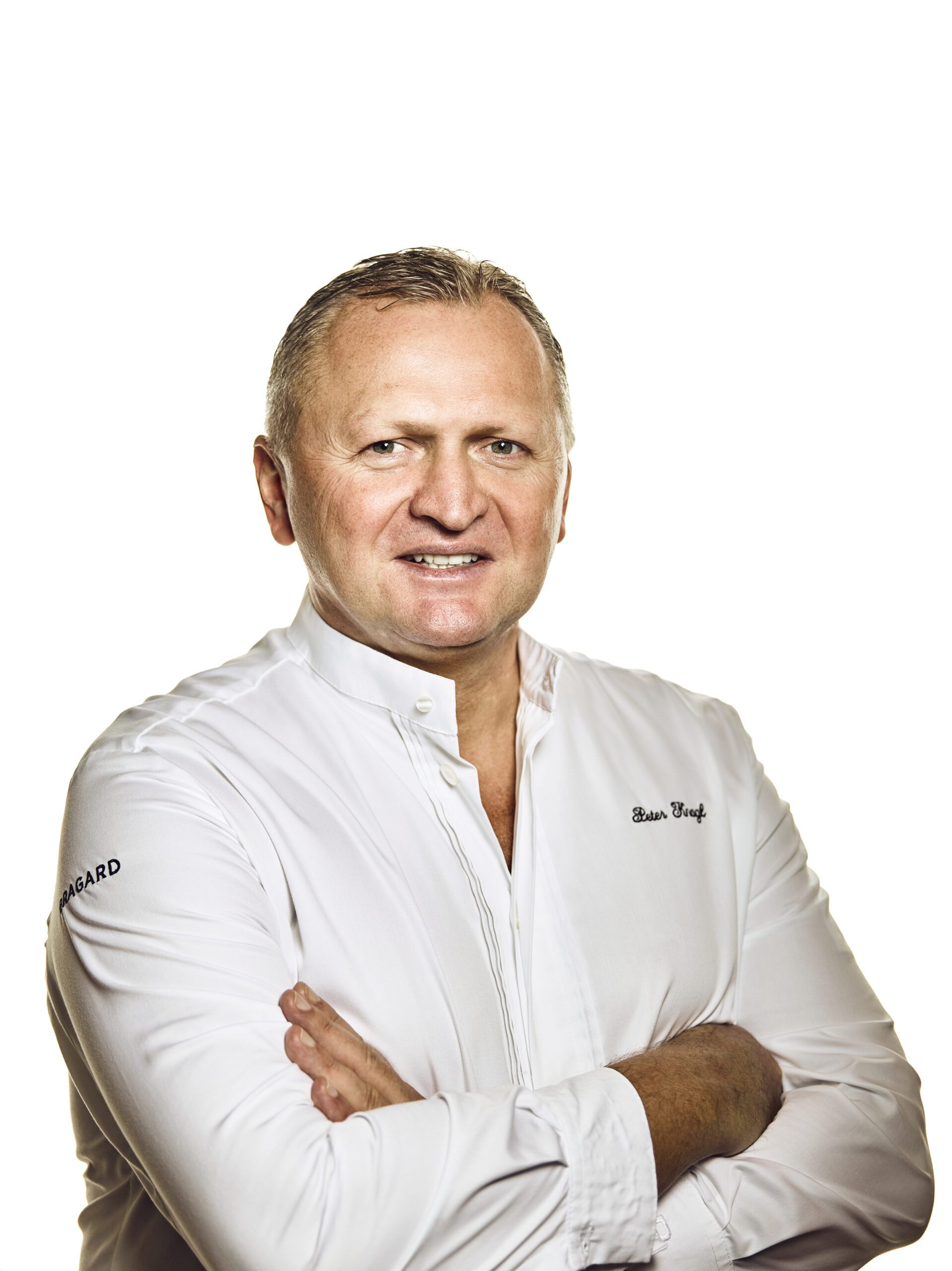
Grandes Tables Suisses: Which exotic inspiration can we discover in your new menu?
Peter Knogl: A new Amuse Bouche: Macaron cumin/melon/sardine.
GTS: We often talk about travel as a source of inspiration for chefs; what is the trip that has most marked your life and why?
PK: It was a trip to Tokyo in 2010, where the culture and quality of the products inspired me a lot. A great experience was the local fish market.
GTS: Your cooking has Asian notes; what is your favorite Asian cuisine and which dish do you particularly like and why?
PK: The Japanese products and the Umami flavour inspire me every time anew. I cannot express this with a special dish. I also like Thai cuisine, especially the reduction to the essentials is what makes it so special to me.
GTS: What is your signature dish inspired by Asia?
PK: Wagyu, as a Japanese product – with a beef jus with Asian flavours. Thus both continents find perfect harmony.
GTS: What other world cooking inspire you and why?
PK: Thailand interests and attracts me very much because of its variety of flavours, perfumes and spices.
GTS: Mediterranean cooking also often appears in your dishes, tell us what this cooking brings to your dishes?
PK: I have lived and worked in Mediterranean countries for 10 years, therefore this region fascinates me a lot. Especially the lightness of the dishes, which the Mediterranean cuisine has to offer.
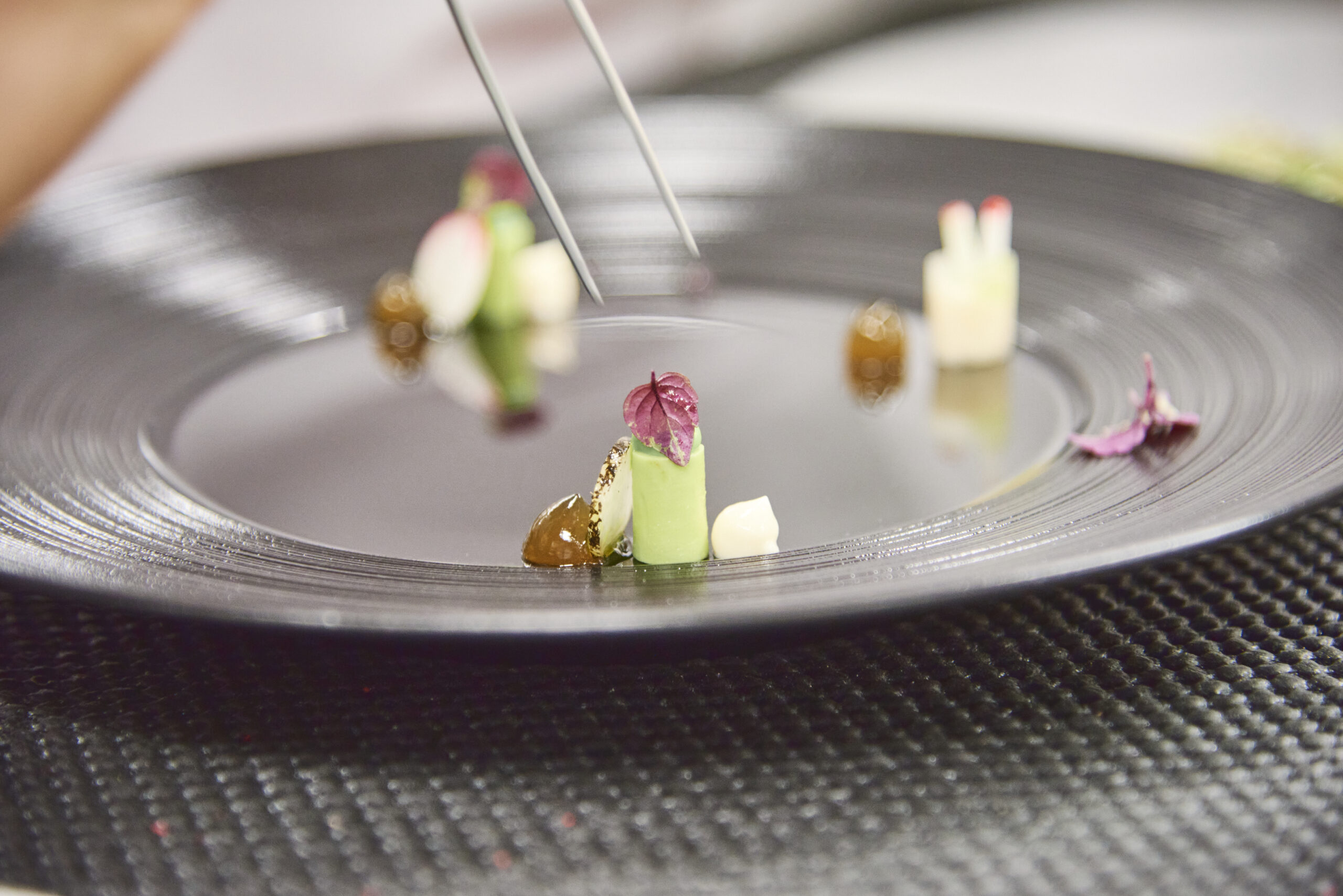
GTS: Why mixing Asian and European cooking is so interesting in terms of flavors?
PK: Asian cuisine is light, reduced to the bare essentials and brings the Umami note, while the European cuisine provides the classic touch. We combine both together in one dish.
GTS: What is the cooking that you have not experimented yet in your dishes, but you would like to explore?
PK: Peruvian cuisine! I would like to travel to Peru one day, if this is possible again.
Cheval Blanc restaurant at the Grand Hotel Les Trois Rois is is fully open from Monday 31 of May. Find all the information on their website :
https://www.lestroisrois.com/en
https://www.chevalblancbasel.com/en
